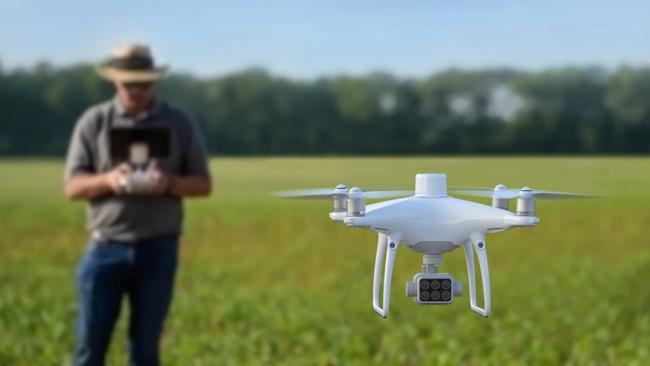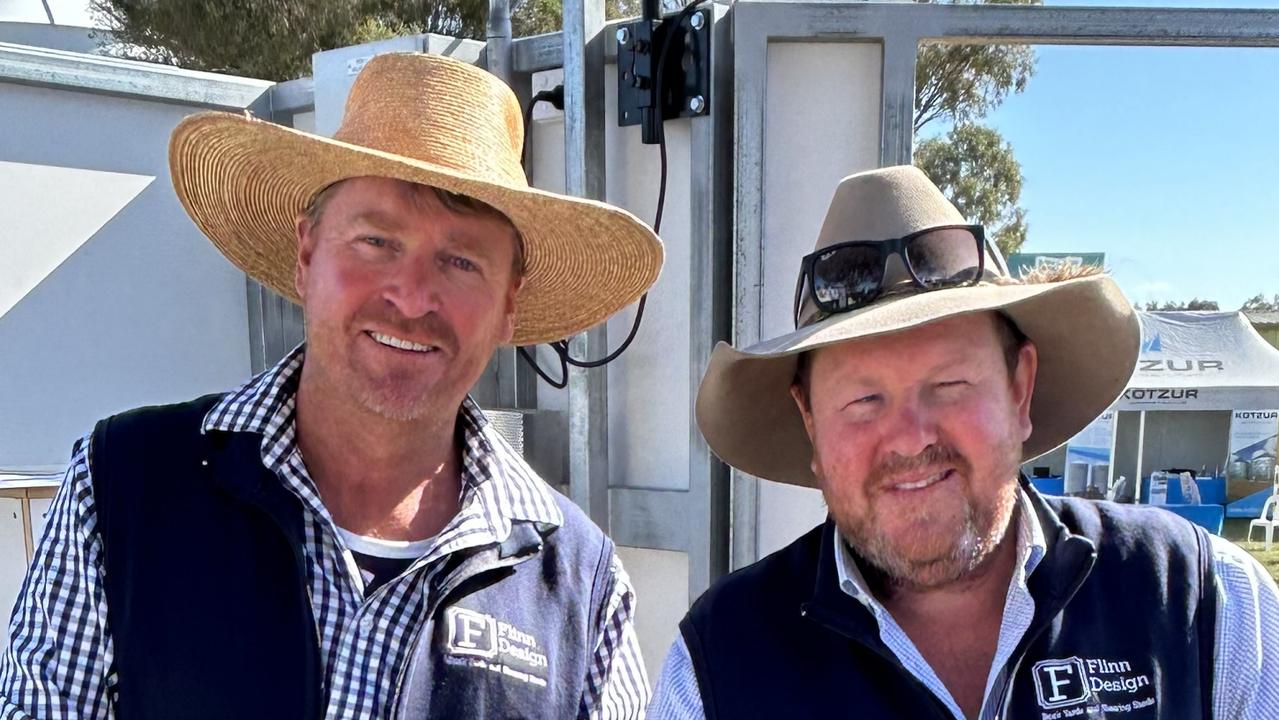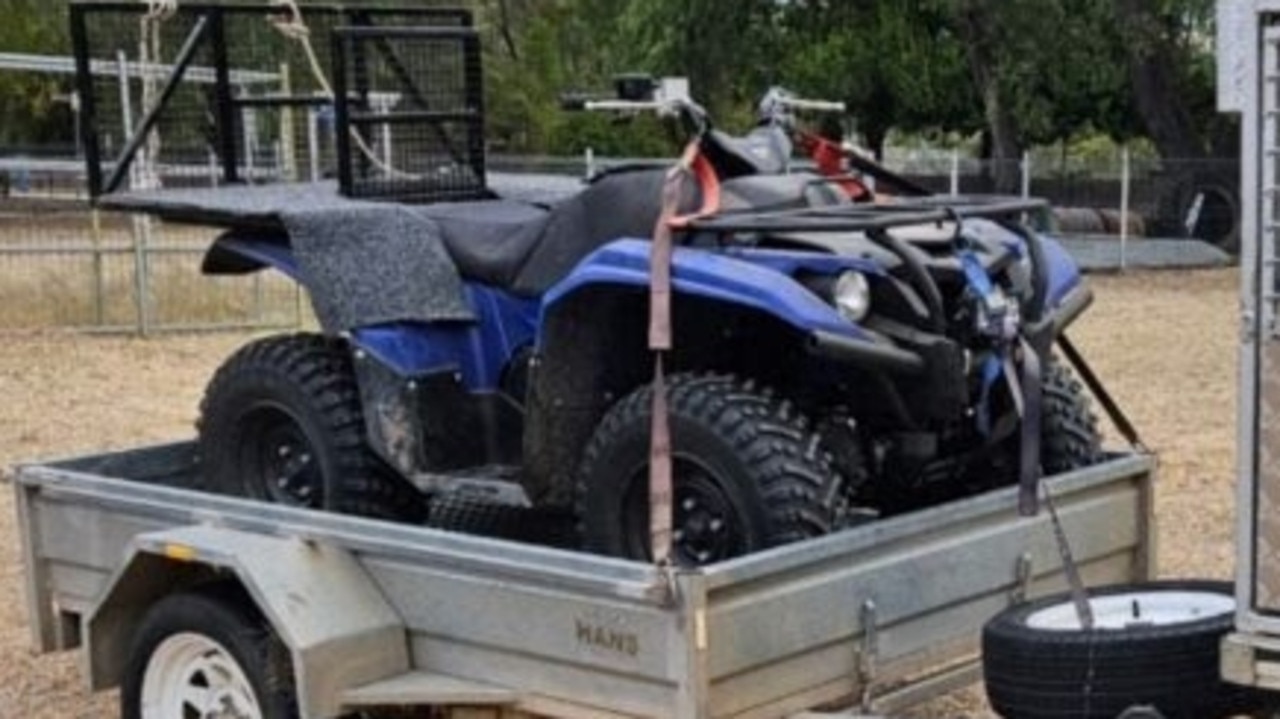Drone licence rules for agriculture operators
Regulations depend on drone size and flying location. Find out what applies to your on-farm drone use.

ANYONE who use drones for business in Australian airspace must now become accredited as an operator before they fly.
This means field officers and agricultural contractors who fly remotely piloted aircraft over Australian farms must sign up with the Civil Aviation Safety Authority. They must also register their drones.
More than 13,000 drones were registered with CASA between September 30 and January 28, when new rules on business use of drones were phased in.
Some commercial operators of remotely piloted aircraft in Australia are expected to hold remote pilot licences, which CASA refers to as the RePL licence, and also hold a remotely piloted aircraft operator certificate – or ReOC. RePL holders are permitted to fly drones beyond the standard operating conditions to which other flyers are expected to adhere.
CASA says that people who fly unregistered drones or fly without proper accreditation may face fines of up to $11,100. People flying remotely piloted aircraft may be questioned by state, territory or federal police or CASA to check they are correctly registered.
Similar regulations for recreational drone owners are expected to come into effect between March and May 2022.
There are three broad categories of licensing and exclusions that apply to operators of drones over farms.
AN EXCLUDED REMOTELY PILOTED AIRCRAFT
This applies to someone such as a farmer, who owns a “micro drone” (weighing less than 250g) or a “very small drone” (250g to 2kg) that flies above their own property in daylight hours, where there are no people and the farm is more than 5.5km from the no-fly zones of an airport.
The farmer does not need to register the drone or become accredited as an operator.
AN ACCREDITED OPERATOR AND REGISTERED RPA
This applies to a person such as a field officer or agronomist working for a business that has a “very small drone” (250g to 2kg) to monitor crop health on farming properties. They must register the drone and become accredited with CASA. At this stage there is no fee for accreditation or registration, but these may be introduced next year. The operator is expected to fly with a line of sight, only in daylight and be familiar with all the rules of operating remotely piloted aircraft.
DRONE FLEET OWNERS AND OPERATORS
A business that operates a fleet of drones, such as small drones (more than 2kg) or medium drones (25kg to 150kg) are permitted in some situations to fly after dark and beyond line of sight. The controller will need a remote pilot licence and the business must hold an ReOC. There are significant training commitments and licensing expectations.
Details: casa.gov.au
MORE
THE BEST WAY TO OPERATE A DRONE ON YOUR FARM


